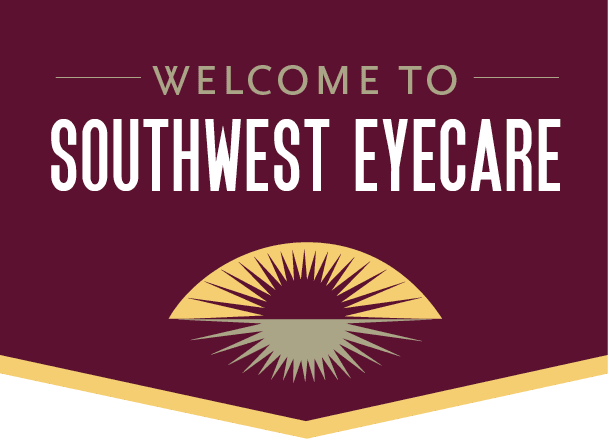Have you noticed your eyes looking tired, droopy, or bulging? You may be experiencing common eye conditions that can affect your appearance and overall well-being. Southwest Eyecare is here to provide you with valuable information on the causes and treatments for these issues.
Our eyes are essential for vision and play a significant role in our facial expressions and appearance. Unfortunately, aging, genetics, and certain medical conditions can cause our eyes to lose their youthful vitality and start drooping or bulging. Understanding the causes behind these eye conditions is crucial in finding effective treatments.
At Southwest Eyecare, we believe in empowering individuals with knowledge about their eye health. In this article, we will delve into the causes and treatments for bulging and droopy eyes, shedding light on these common eye concerns. Whether you are experiencing these issues yourself or simply interested in learning more, we have got you covered. Let’s explore the world of eye health together and discover the solutions to regain confidence in your appearance.

Common Causes of Ptosis (Droopy Eyelids)
Ptosis is just the medical name for eyelids that droop. The upper eyelid can sag, covering all or part of the pupil, which blocks vision. When this happens, people often respond by tilting their heads back or lifting their eyebrows to clear their line of sight. When the lower eyelid droops, it can block the system to regulate tears, making eyes red, irritated, watery, and vulnerable to infections
Ptosis is often seen with aging, which causes less elasticity in the skin and a loss of strength in the muscles around the eyes. It can also happen due to trauma to the area, an eye tumor, or stretching from eye procedures such as cataract surgery. In some cases, it’s a congenital condition that children can be born with.
Causes of Bulging Eyes
If eyes can be concealed behind droopy eyelids, bulging eyes have the opposite problem. When the eye protrudes, it can be difficult for the eyelids to close fully or efficiently. People often don’t notice bulging eyes because they develop slowly, but a key symptom is if you can see the white of the eye between the iris and the upper eyelid.
A common cause of bulging eyes is hypothyroidism, often caused by the autoimmune disorder Graves’ disease. Other causes include glaucoma, hemangioma, leukemia, and neuroblastoma.
Because bulging eyes affect how well eyelids can cover the eye, the condition can lead to redness, irritated eyes, double vision, pain, and inflammation.
When You Should Seek Help from a Medical Professional
For both conditions, a sudden onset of symptoms is a sign that you should seek help immediately. But for most people, symptoms develop slowly over time. This can make it difficult to recognize when it’s time to seek help.
Untreated eye conditions can lead to more damage. If you notice any symptoms of ptosis or protruding eyes, don’t wait for it to get worse. In the case of bulging eyes, you should see a primary care doctor for an evaluation to see if you can discover underlying conditions. For both conditions, you should speak to an ophthalmologist to evaluate your symptoms and talk about treatment options.
Treatments For Ptosis and Bulging Eyes
The treatment options for both conditions range from monitoring them for changes to surgery. Often, no treatment is necessary for ptosis unless it affects your vision. If it is making it hard to see, you may benefit from surgery to tighten the skin and muscles.
Bulging eyes can be treated to manage some of the symptoms with lubricating eye drops. There are also a few medications that may help with the condition.
Get the Quality Care you Deserve with Southwest Eyecare
If you’re dealing with either ptosis or bulging eyes, we urge you to contact us for more information about your condition and what can be done to help you. The skilled, compassionate professionals at Southwest Eyecare are here to help your eyes stay healthy and functional, and we have lots of experience with both conditions. Let us help you protect your vision!
Image Credits: sruilk // Shutterstock
